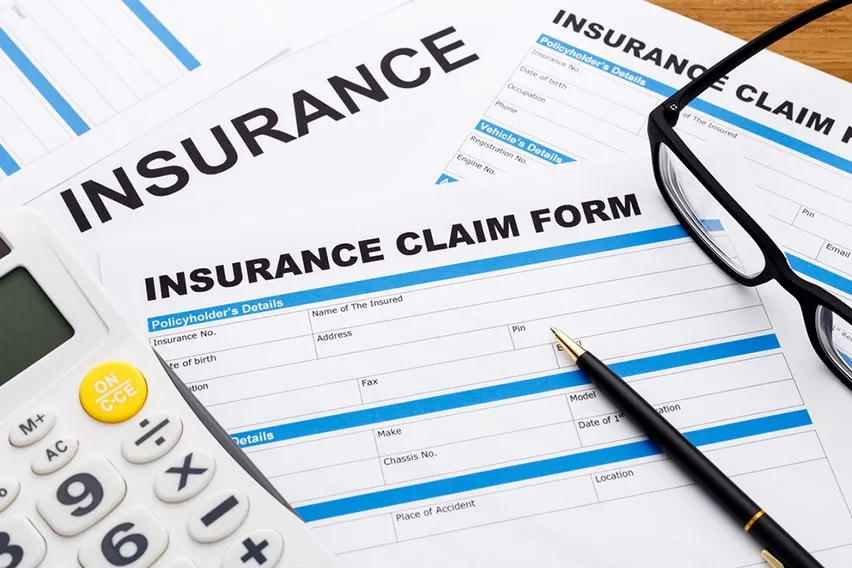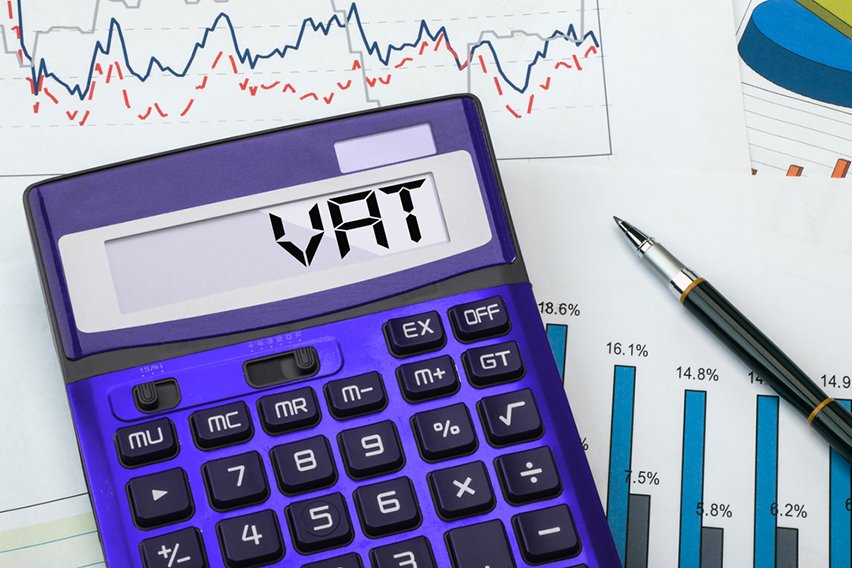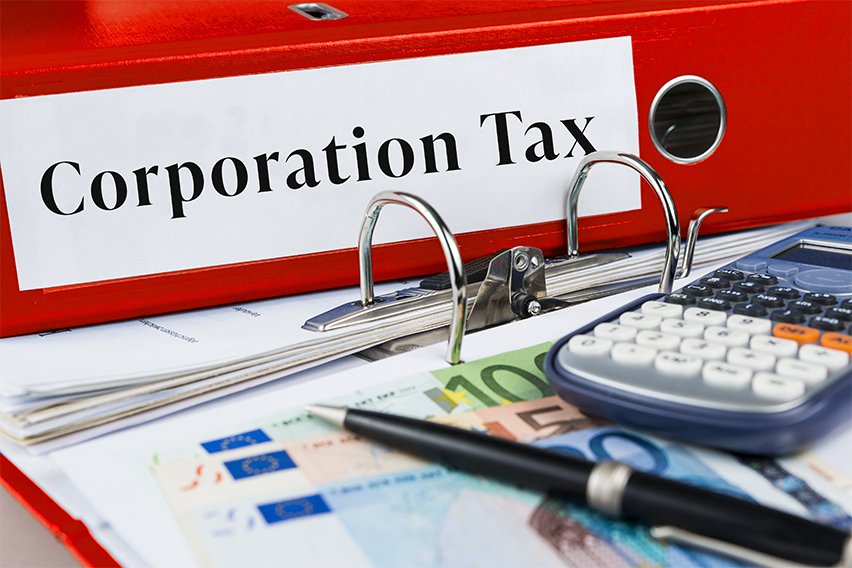SEISS – What It Is and How To Claim It

When the Coronavirus pandemic fully hit the UK shores in 2020 it had a huge impact on the job market.
Millions of people saw their working lives transformed as a result of the measures put in place to stop the spread of Covid-19. As a countermeasure, the Government introduced the Universal Credit and furlough scheme. This was to help people on PAYE contracts still earn a partial wage.
However, there was initially a lack of support for UK workers who were self-employed. By the end of 2019, there were more than 5 million self-employed workers in the UK. The self-employed sector has been a strong contributor to employment growth in the labour market. They now represent 15.3% of employment.
On 26th March 2020, the Government announced a new support package. It was for people who were self-employed and had lost income due to the Covid-19 crisis. This was titled the Self-Employed Income Support Scheme, or SEISS.
But what exactly is SEISS and how do you claim it? We’ll take a closer look.
Here’s What We’ll Cover:
What Is SEISS?
The Self-Employed Income Support Scheme is a financial support package. Its aim is to supplement the loss of income for self-employed workers. It is open to those who have an annual profit of less than £50,0000 and receive at least half of their yearly income from being self-employed.
Eligible workers can apply for a grant payment to help them supplement their income.
At the time of writing, there have currently been four rounds of grants under the scheme. These are referred to as SEISS 1, 2, 3 and 4. Each previous grant has varied in some way.
Claims for SEISS 5 opened on the 27th July 2021 and will run until the 30th September 2021.

How Much Can You Receive?
The amount you receive will depend on how much your turnover has been affected since the Covid-19 pandemic. They will then compare this to your turnover from either 2019-2020 or 2018-2019. The two ways they calculate this is as follows:
- If your turnover has reduced 30% or more, the grant will be worth 80% of 3 months’ average trading profits. This is capped at £7,500.
- If your turnover has reduced less than 30%, the grant will be worth 30% of 3 months’ average trading profits. This is capped at £2,850.
How Is the Grant Calculated?
SEISS 5 is calculated by looking back at your previous yearly turnovers. So for example, if you had the following annual turnovers:
- 2016-2017: £22,000
- 2017-2018: £28,000
- 2018-2019: £21,000
- 2019-2020: £25,000
SEISS 5 would then be calculated as follows:
- Calculate your annual average profits:
- £22,000 + £28,000 + £21,000 + £25,000 = £96,000
- £96,000 / 4 = £24,000
- Calculate the prorated for the three-month period:
- £24,000 x 3 / 12 = £6,000
- If your turnover has reduced by 30% or more:
- 80% of £6,000 = £4,800
- If your turnover has reduced by less than 30%:
- 30% of £6,000 = £1,800

How Can I Claim SEISS?
Claims can be made through the online claims portal. However, if you’re unable to claim online then you can call the dedicated SEISS helpline and make your claim over the phone.
To make a claim as a self-employed individual, you will need all of the following information:
- Your self-assessment Unique Taxpayer Reference number
- Your National Insurance number
- Your Government Gateway user ID and password
- Details of the bank account you want the grant to be paid into
For SEISS 5, you will need to calculate your turnover for a 12-month period starting between 1st April 2020 and 6th April 2020 and either 2019-2020 or 2018-2019.
However, if you only started trading in 2019-2020 and didn’t trade in the years 2016 through to 2019 then no turnover figures will have to be provided.
Key Takeaways
Whilst the Covid-19 pandemic hit every worker across the UK, it was especially difficult for those who were self-employed.
The SEISS grant has helped a lot of self-employed people continue to run their businesses and earn a living wage.
Are you looking for more business advice on everything from starting a new business to new business practices?
Then check out the FreshBooks Resource Hub.
More Useful Resources
RELATED ARTICLES

 What Is the VAT Reverse Charge for Construction Work?
What Is the VAT Reverse Charge for Construction Work? What Is Outside IR35?
What Is Outside IR35? Inheritance Tax Forms: An Extensive Guide
Inheritance Tax Forms: An Extensive Guide How Is Corporation Tax Calculated
How Is Corporation Tax Calculated A Guide on How to Complete a Vat Return
A Guide on How to Complete a Vat Return What Is VAT Number & How to Find A Business VAT Number?
What Is VAT Number & How to Find A Business VAT Number?